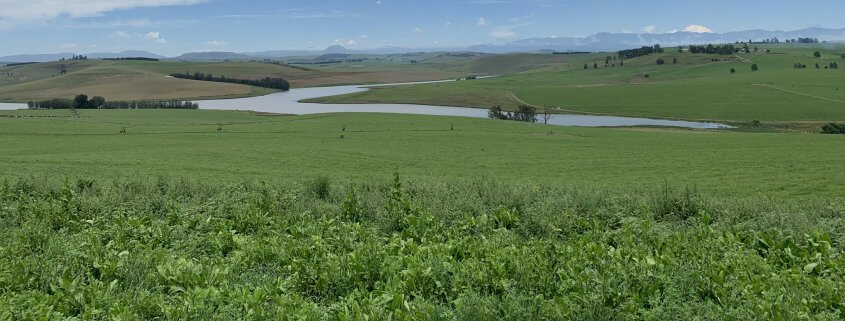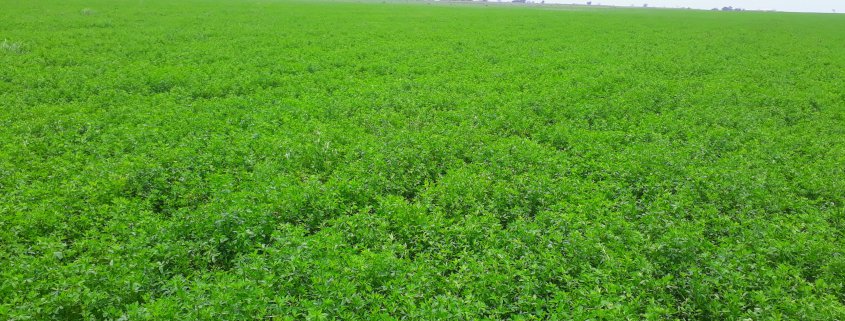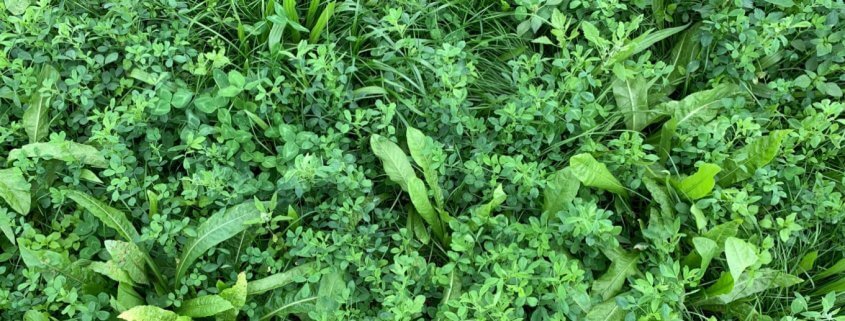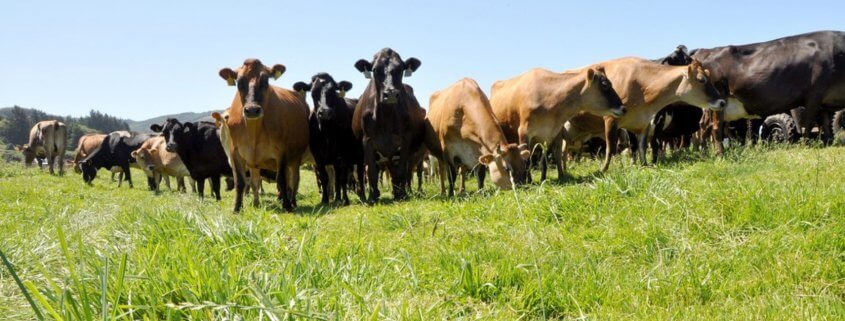University research supports lower nitrogen rates
We did not need this research to give us confidence in the principles we advocate for in terms of nitrogen fertiliser management on dairy pastures. But it is encouraging to see other research which confirms what we have been observing.








